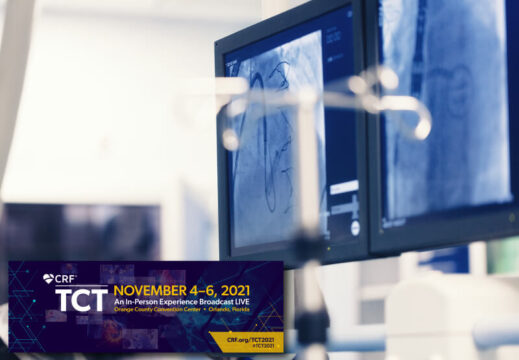Compared with visual estimation of lesions, using quantitative angiography-derived fractional flow reserve (quantitative flow ration, QFR) provides better clinical outcomes at one year for angioplasty. These results emerge from the Chinese FAVOR III study, presented at the 2021 TCT scientific sessions and simultaneously published in The Lancet.

The simplicity and safety offered by QRF—since there is no lesion crossover with a guidewire—should facilitate its implementation in daily clinical practice.
Despite the evidence and the recommendations in all guidelines, fractional flow reserve (FFR) is underused worldwide. This is probably due to several factors: longer procedure time, complications with the guidewire, adverse effects of adenosine (not for iFR), and—last, but not least—costs.
FAVOR III included 3847 patients with stable or unstable coronary disease in 26 sites in China. The primary endpoint was a composite of all-cause mortality, infarction, or ischemia-driven revascularization at 1 year of follow-up.
This composite was significantly lower in those who underwent QFR compared with conventional angiography (5.8% vs. 8.8%; p = 0.0004).
This difference was mostly driven by a lower incidence of infarction in the QRF arm (44 less).
Read also: TCT 2021 | SUGAR Trial: Polymer-Free Stent in Diabetes.
A limitation for this study is that the control group was only assessed using angiography. It would have been interesting to use FFR and compare QFR vs. FFR head-to-head. Additionally, about 20% of patients were not good candidates for QFR due to juxtaposition of other vessels or low imaging quality.
QFR still has a long way to go, but it seems to be arriving at the right time. FFR has had negative outcomes in FAME 3, in stable patients, and in FLOWER-AMI, in acute patients.
Original Title: Angiographic quantitative flow ratio-guided coronary intervention (FAVOR III China): a multicentre, randomized, sham-controlled trial.
Reference: Xu B et al. Lancet. 2021; Epub ahead of print y presentado simultáneamente en TCT 2021.
Subscribe to our weekly newsletter
Get the latest scientific articles on interventional cardiology





